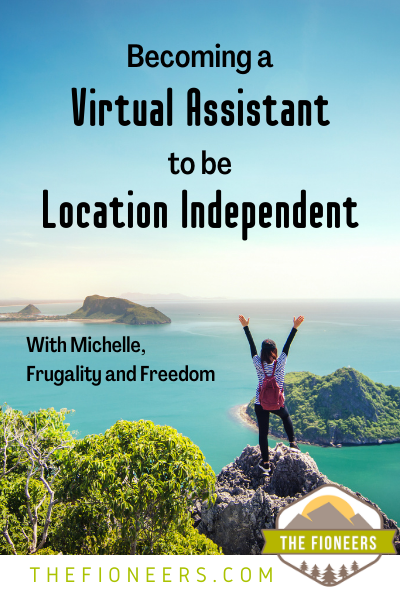
I am so excited to bring you a follow-up Slow FI interview with Michelle, who writes the blog Frugality and Freedom. Eighteen months ago, Michelle participated in the third ever Slow FI interview.
At that time, Michelle had such an awesome story to share. As a bit of context (although you should also go back and read that interview), Michelle is an Australian woman who worked contract roles in the arts industry that allowed her to work for a portion of the year and travel for the rest. She’d work full-time for an arts festival or another similar role for several months. That would fund her ability to travel the world for the other months.
I had the great opportunity to meet Michelle during a year of slow travel in 2019. She took a year off to travel around the United States and had an opportunity to also do temp work at music festivals throughout the year. I hope our paths have an opportunity to cross again in the future.
As you can probably imagine, COVID has thrown a wrench in many traveler’s plans, Michelle included. Michelle had been working in a contract role in New Zealand and decided to head back home to Australia to hunker down.
She knew that she needed to radically redefine her life and not just for this temporary period of time. She had a dream of doing location-independent work that would give her even more flexibility to travel, work as she wanted to, and not need to report to an office.
During the spring and summer, as Michelle was building her location-independent work, she also participated in my Design a Life You Love group coaching program. I loved seeing the incredible progress and mindset shifts that Michelle made during these few months of transition and turmoil.
When life gave her lemons (COVID, the need to return back to her hometown, etc.), Michelle made lemonade. She set herself up to get even closer to what her ideal life could look like before reaching FI.
Let’s get into the interview!
1. It’s been 18 months since your first Slow FI interview. What changes have you made in your life since then?
Plenty! In 2018 when I did my first Slow FI interview, I was in the midst of a year’s slow travel around the USA. I was housesitting for free accommodation and occasionally doing temp work at music and arts festivals.
I was appreciating my second year of “semi-retirement”, after leaving full-time work in 2017 at age 33. My semi-retired lifestyle so far had involved working seasonally in office-based event management jobs in Australia for 6 months of the year. Then, I’d travel abroad for the rest, adding to my list of 40 countries visited so far.
As my US visa ended in mid-2019, I headed to New Zealand for an 8-month desk job in the events field. My plan was to top up my travel funds while exploring this new country on weekends.
After that longer taste of freedom, I quickly realized that 40-hour workweeks back in an office were not going to work for me anymore! After some deliberation, I decided to stick with it until the contract ended. But, I committed that it would be my last full-time office role!
For some time, I had been fascinated by the idea of being a “digital nomad” or doing location-independent work. This could provide more flexibility and travel-while-working opportunities.
As my contract in New Zealand came to a close, a global pandemic struck and canceled my next 6 months of travel plans. In March, I returned home to Australia to wait it out with family and friends.
With the events industry shut down and travel off the cards, I had no more excuses not to try out online freelance work.
…And now, there’s no looking back!
I spent some time researching how to become a virtual assistant as a first step. I quickly discovered that my existing administration and project coordination skills were highly sought after. I have even found several excellent ongoing clients over the last 6 months. Finally, I’m enjoying the flexibility of work hours and location, even if that means choosing which local cafe to work from rather than an exotic country for now.
2. Being a Virtual Assistant (VA) is something that many people have never heard of. How did you learn about it and get started with it?
I’d read the term online while searching for “jobs for travelers” in the past. I didn’t think much of it at the time.
When I was in New Zealand, I attended some networking meetups for current (and aspiring) digital nomads. At these events, I met a few VAs and freelancers who gave me a better understanding of it. They shared that it was a viable – and lucrative – career option.
When I moved back to Australia and went into lockdown, I considered these conversations and decided to look into it more seriously.
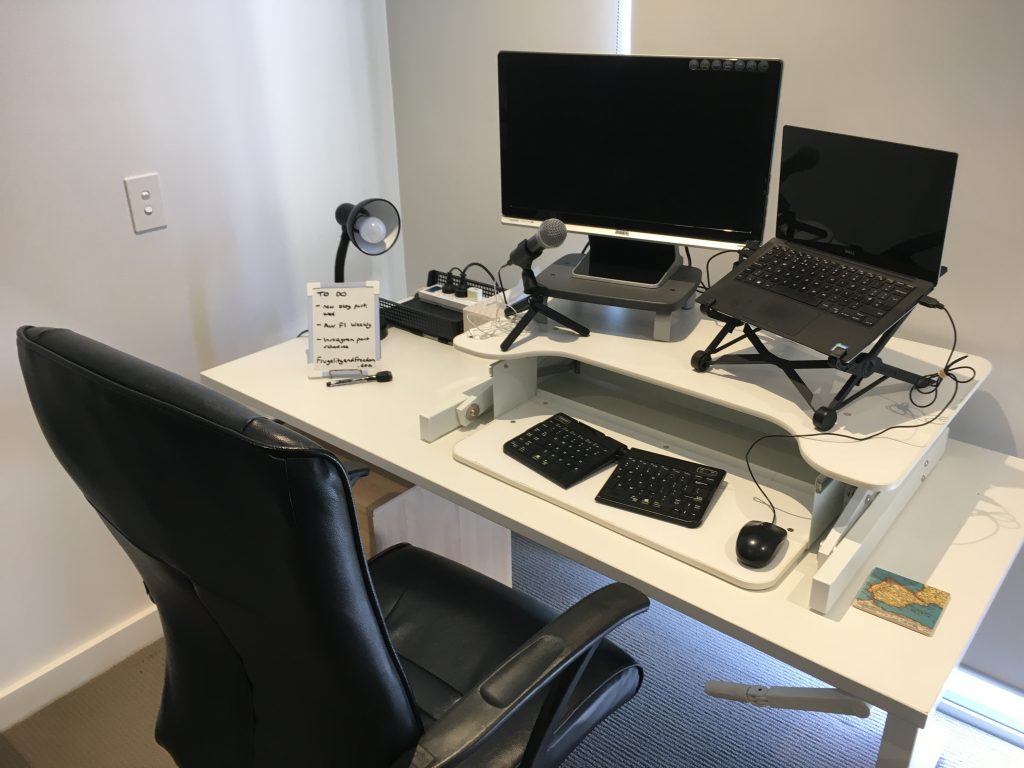
Essentially, a virtual assistant (VA) is a broad term to describe someone who provides assistance to entrepreneurs or businesses remotely, often as a freelancer. The services you can offer as a VA are diverse and can be general or very specialized. For example, VA work can include remote administration, customer support, diary management, website updates, social media management, content writing, bookkeeping, digital marketing, podcast editing, and more.
As a VA, I can “choose my own adventure.” I determine my own rates. I can embrace it as a side hustle or a core career, with the possibility to scale up to a VA agency business or subcontract out work to a team.
You are probably wondering how exactly it works. I’m happy to share. I got my first clients from networking in VA Facebook groups. I learned a lot in these spaces. I searched online for what other VAs offer to get ideas. Plus, I did a free mini-course called the which helped me boost my confidence. I also continue to improve skills – such as in surprisingly lucrative Zoom hosting or video editing – through short courses including on LinkedIn Learning (free through some public libraries).
3. How has become a Virtual Assistant impacted your quality of life? What does your life look like now? What do you hope it will look like after the pandemic is over?
I have appreciated the ability to continue earning income through this period, especially since I know that there are limited opportunities in the events industry and other former colleagues are underemployed.
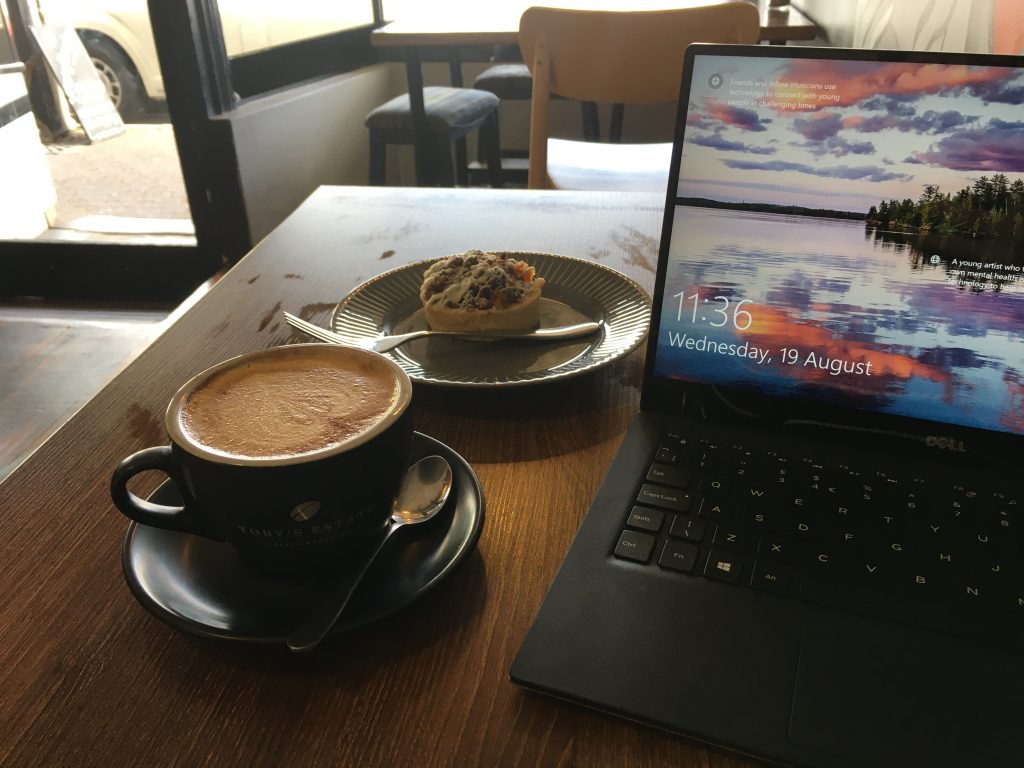
Now that some restrictions have eased here in Australia, I’ve been exploring my hometown and occasionally working from new and familiar coffee shops. My time is flexible, so I can work at the time of day that suits me. This allows me to work when my energy levels are high. It can also free up daytime hours for errands or even go to places at times where there are discounts, such as using the student hairdressing clinic for $10 haircuts or a cheap massage.
At this point, I mostly split my time between two main clients, and I take on occasional short projects of interest. In a given week, I’ll have a mix of podcast production, video editing, Zoom meeting facilitation, social media creation, and content writing.
You’ll often find me using a “virtual coworking” service. I join a Zoom room with other remote workers for accountability as we work silently for productive 30-minute work cycles before chatting on short breaks. I appreciate connecting with international freelancers this way, while travel is grounded.
When COVID is over, I plan to scale back my work to part-time or even put it on hold to travel more. In the meantime, I’m working the equivalent of full-time hours because it makes sense for me in my home base.
4. What enabled you to become a Virtual Assistant? What was the financial/social context that supported it?
One of my priorities on my path to financial independence is to have six months of living expenses saved in an emergency fund. I also take a minimalist approach and have frugal tendencies, so I don’t need to earn a lot to get by. Both of these were buffers during this career shift that removed some of the pressure to see success or high earnings quickly.
I’ve also been shifting my mindset. I don’t need to have all of the answers at the beginning. I know that I am able to work things out along the way. Also, there were a number of experiences from my solo travel life, including being resilient, self-reliant, and comfortable in my own company, which has supported me moving to this work-from-home freelancing life.
5. What have you learned about yourself through the process of creating your Virtual Assistant business?
Earlier this year, I participated in the Design A Life You Love program with Jess. In the program, I focused on experimentation and reflection towards crafting my ideal lifestyle. I approached freelancing through a lens of curiosity and made sure to journal my learnings after each month to identify improvements I’d like to make.
Initially, taking on short-term projects meant that I could quickly test theories about the kind of tasks and work style I preferred, without being committed long term. I continue to hone my preferred list of tasks and systems to use for them. I’ve also learned a lot about how I enjoy delivering that work and what type of clients I like to work with.
Uncovering limiting beliefs and money hangups have been a fascinating and challenging area of growth for me.
Through experience, I’ve gotten more comfortable in setting rates appropriately for the value I provide. As a business owner, I also need to factor in extra costs, lack of holiday or leave pay, non-billable time, and taxes. Because I now have a variable income, I use a spreadsheet to map out expected earnings and anticipated work hours for upcoming weeks. This allows me to make adjustments in advance if I’ve overscheduled or income is looking lean.
I’m continuing to shed my scarcity mindset. I’m doing this in 3 main ways:
- By paying attention to the many opportunities out there.
- By respecting the evidence of my current success so far.
- By expanding my skill set and reputation to attract future work with gratitude.
I’m trusting that the right work will come. I’ve realized that declining work that is “good enough” makes room for accepting something truly “excellent”. I keep learning the importance of boundaries, getting more consistent with applying the rule of “If it’s not a ‘Hell, yes!’, it’s a ‘No’.”
As someone who values being of service to others, I have to actively take care not to default to accepting extra workload. This is especially hard when I’m working with “Hell Yes” clients, but I need to make sure I don’t overcommit and risk not delivering.
With six months of success as a virtual assistant under my belt so far, I look forward to using that confidence towards my next experiment. I’m planning to produce digital products and other entrepreneurial ideas around my own blog Frugality and Freedom. In 2021, I’ll be channeling more energy towards creativity on my own projects, as a complement to the VA work. I’m excited to see where that leads.
6. On my site, I talk about the idea of having a “passion hustle” – generate income doing something that you’d like to do after reaching FI anyway. Would you consider any of your Virtual Assistant work to be a “passion hustle?”
Yes! After reaching full FI, I would still relish the opportunity to occasionally work with people whose missions I respect and value. Doing flexible work I enjoy reduces the urgency to get to FI, so I’m happy to coast towards the goal with a Slow FI approach.
Specifically, I have the privilege of producing a podcast called “What Could Possibly Go Right?” I value my role in supporting the host Vicki Robin and her interview guests as they share their positive visions for the world.
I’m also sure I’d continue growing my blog and experimenting with related products to help others after reaching FI.
7. What advice do you have for someone who wants to become a Virtual Assistant?
Start by doing a skills audit. What are all the types of tasks, software or systems you are good at and enjoy? What are your existing strengths in your workplace that could be applied online?
This blog post about “100 VA Services” () by Digital Nomad Kit helped me come up with ideas.
Then, think about your preferred work-style (eg. project-based or on-going) and your goals for pursuing VA work (eg. side hustle or career change). Having this clear vision in mind will help you to target your efforts and make good decisions about opportunities as they come up.
Finally, I’d encourage you to build up and cultivate your network. Join some of the many Virtual Assistant Facebook groups to learn tips and share knowledge – such as and Virtual Assistant Savvies. These might also provide you with occasional job leads or opportunities to subcontract for other experienced VAs.
Reach out to your own networks as well, such as former employers, friends, or local businesses to see if they need support from someone who can deliver the work online. Consider using LinkedIn, a personal website, a Facebook profile, or even a nicely formatted PowerPoint. This will allow you to share more information about yourself and work samples with potential clients.
There are also plenty of VA courses available if you want to level up, though it’s certainly possible to get started by doing your own research and using the many free resources online.
Thank you so much, Michelle, for coming back to share how your life and lifestyle has changed over the past 18 months!
18 months ago, I was in awe of Michelle’s unique and unconventional life that she had created. It’s so exciting to see someone like Michelle continue using her financial freedom to make incremental changes. Each incremental shift helps her to build a life even closer to her ideal.
I often say that I want to make so many small shifts along the path to FI so that when I actually hit my FI number, my life won’t need to change. I’ll already be living my ideal life long before I reach my FI number.
Michelle is such an inspiring example of this philosophy.
When I first learned about financial independence, I thought I wanted to retire early so that I could travel more. Then, after learning the stories of so many people, I realized that retiring early is not a requirement.
People are traveling nomadically or for long portions of the year by:
- Finding remote work
- Freelancing or doing other online contract work
- Starting their own business and/or creating and selling their own products
Working toward financial independence will help set our financial foundation to be able to make these lifestyle shifts. But, we don’t need to reach the destination before being able to live our ideal lifestyle. Michelle is an excellent example of this.
If you’d like to learn more about Michelle, you can find her in the following places:

- Blog: https://www.frugalityandfreedom.com
- Twitter: @frugalityfreedm
- Instagram: @frugalityandfreedom
- Facebook: @frugalityandfreedom
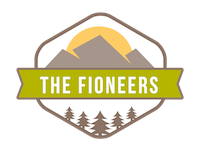
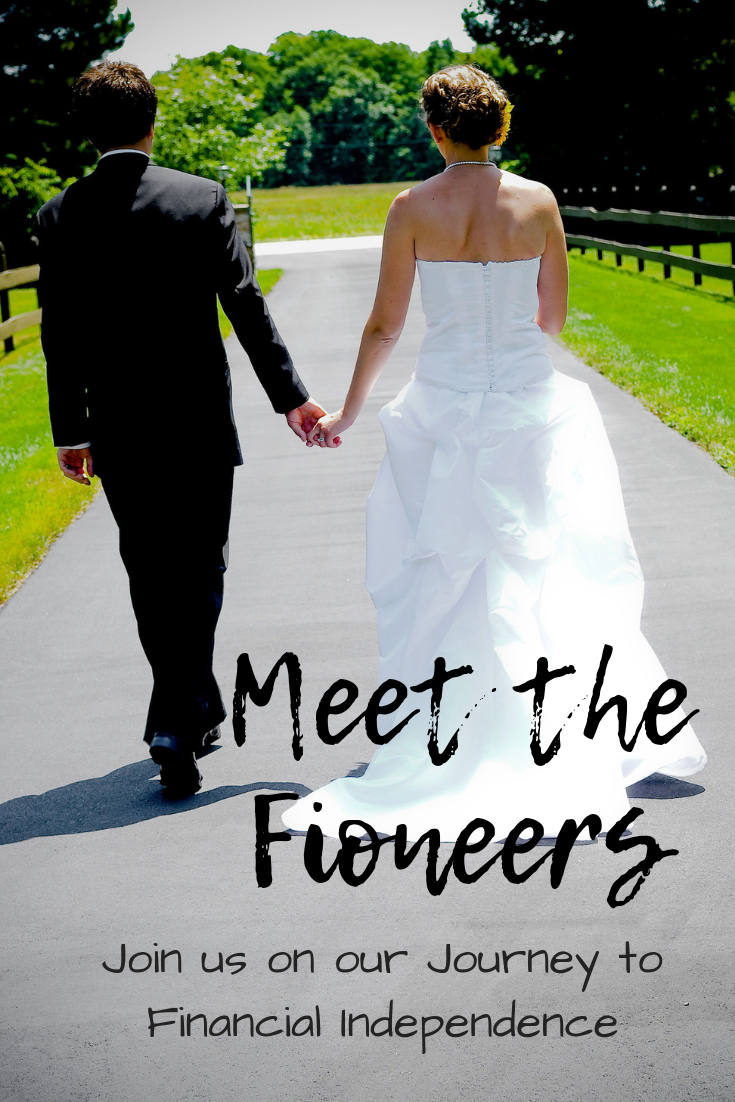
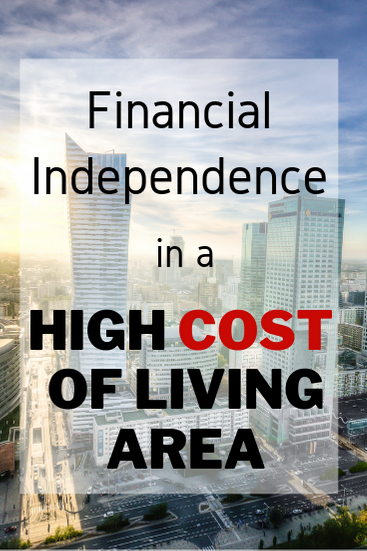
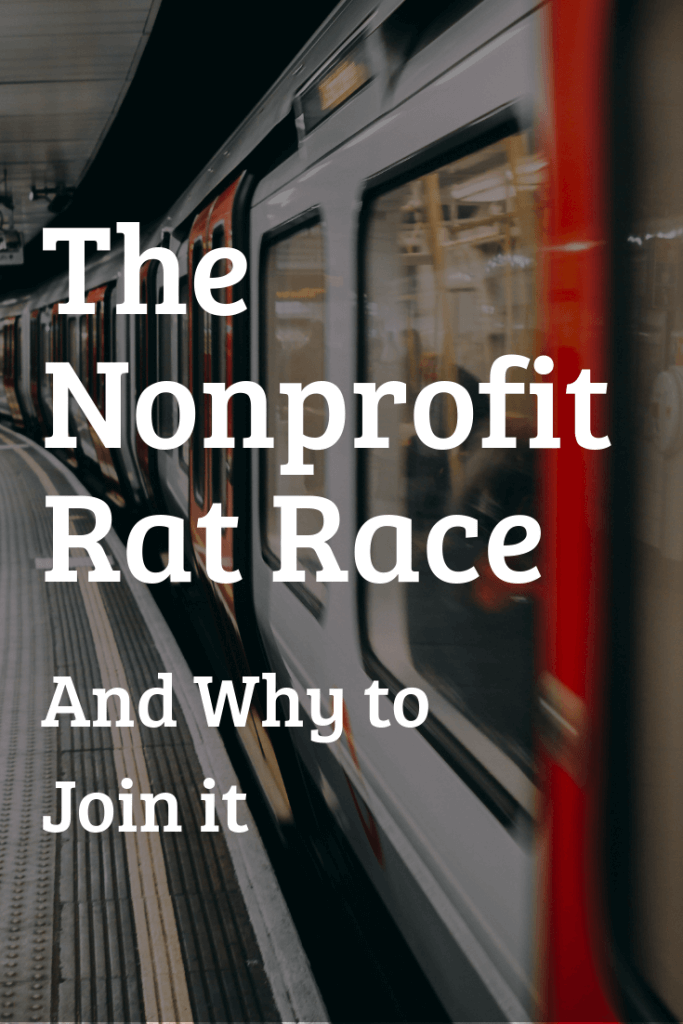
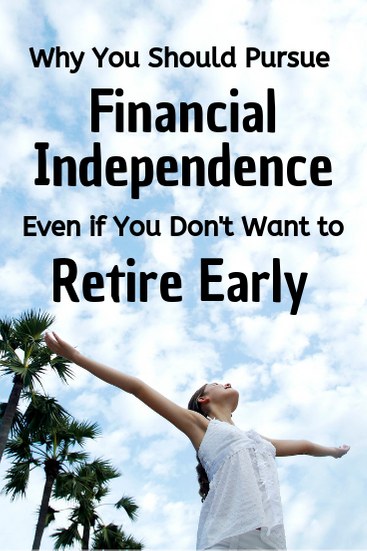
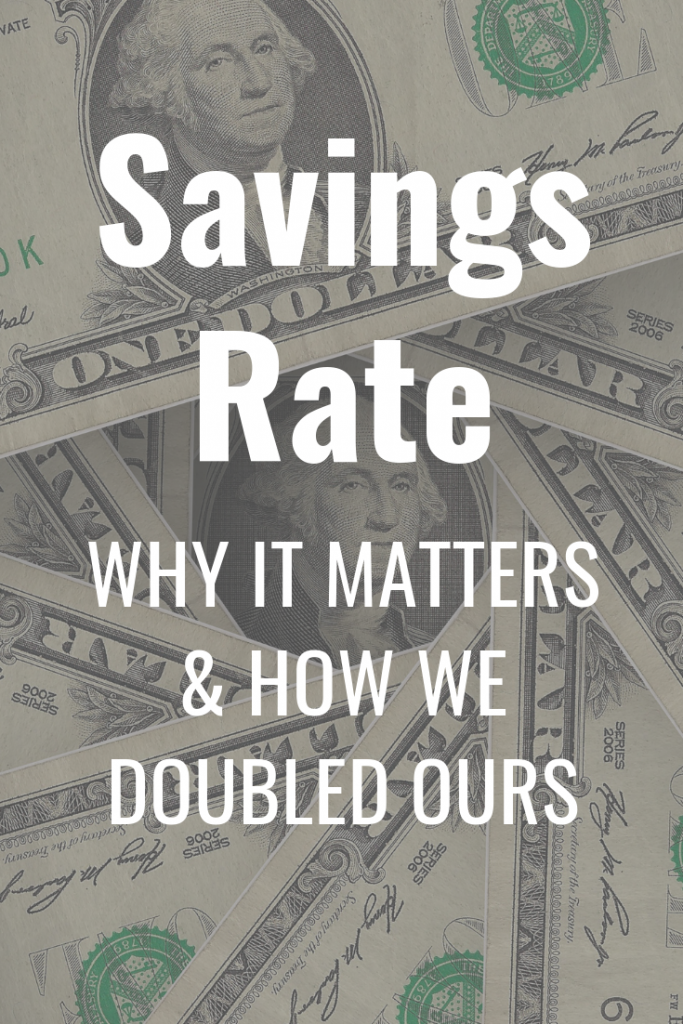
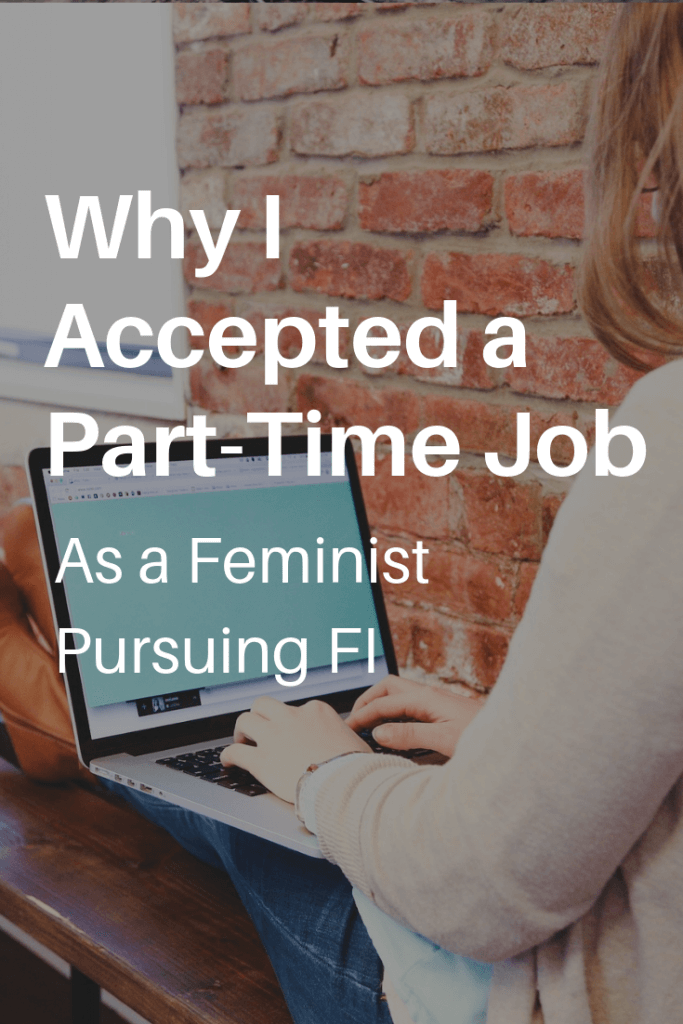
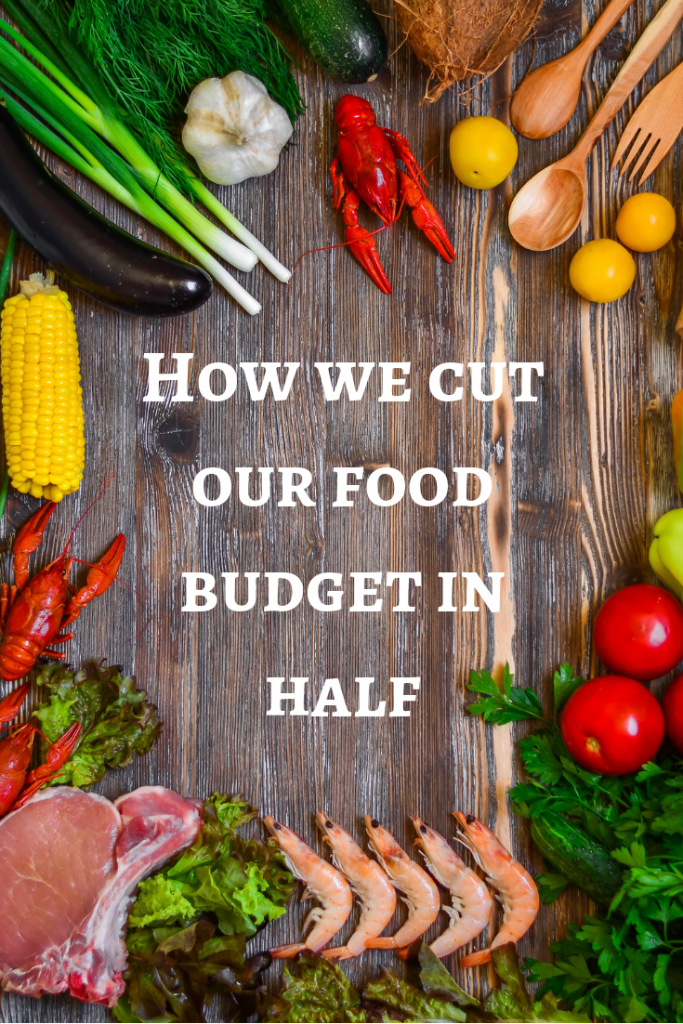
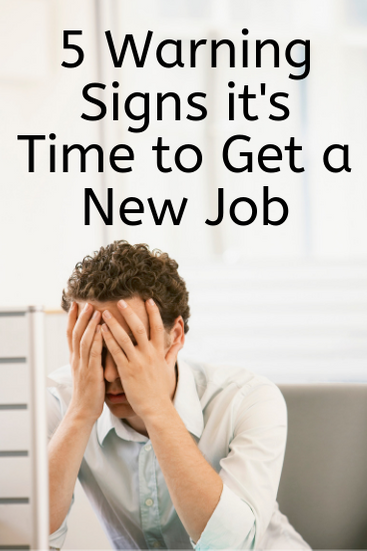
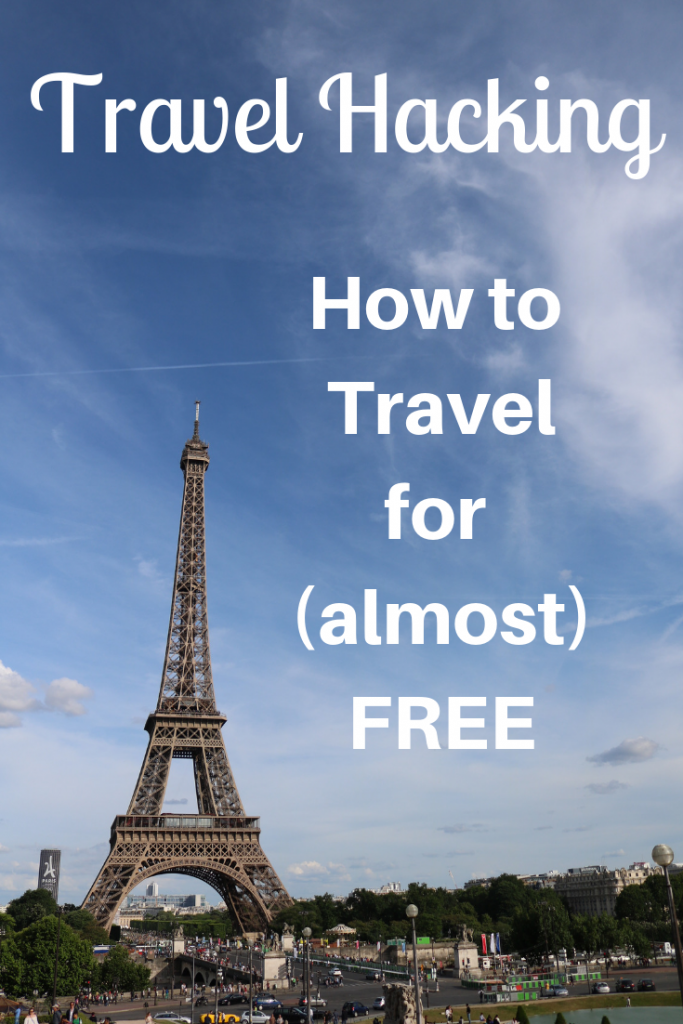
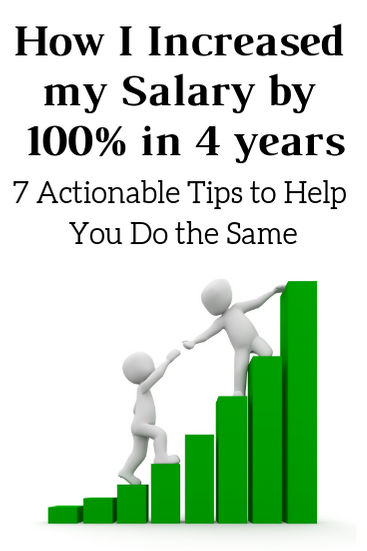
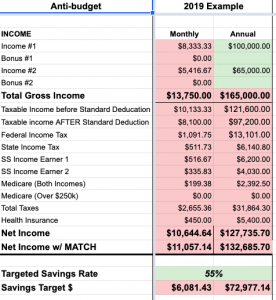

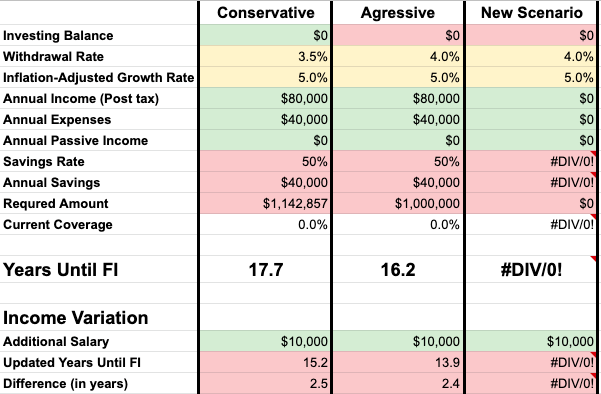
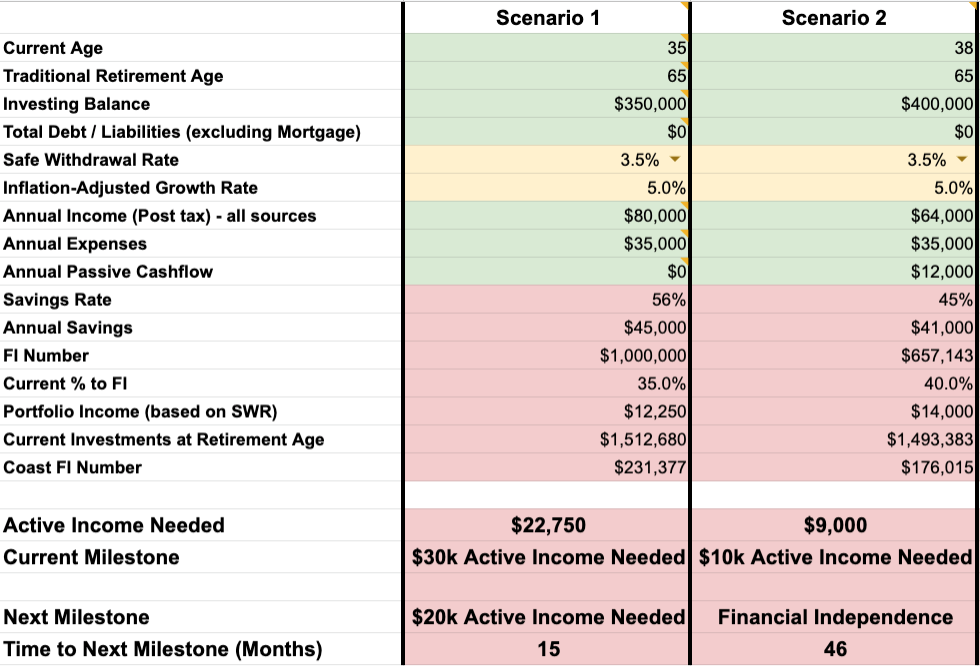
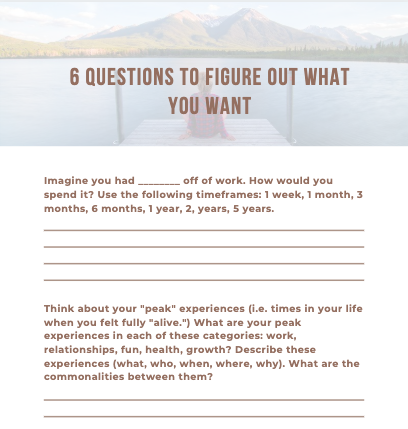
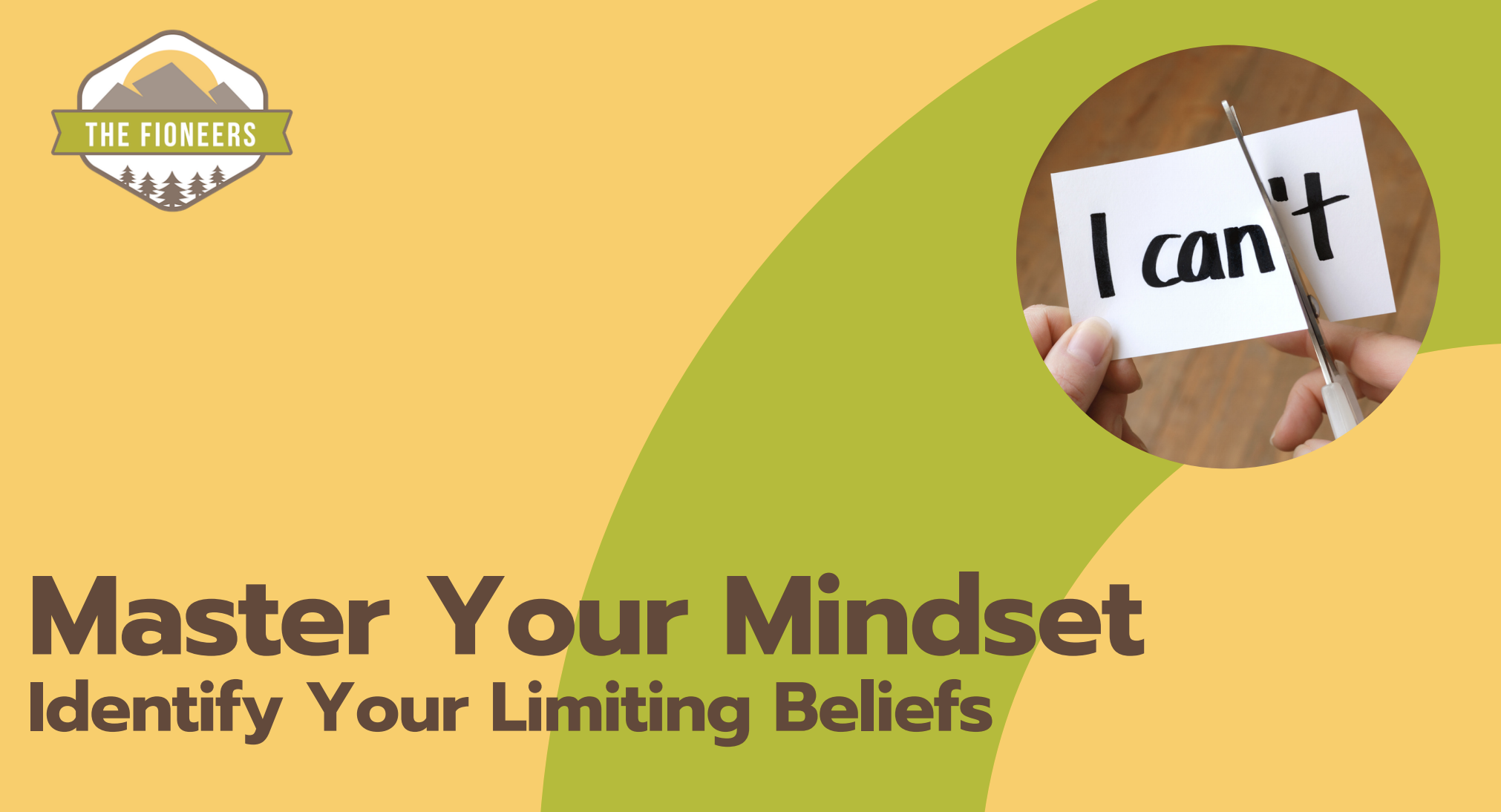
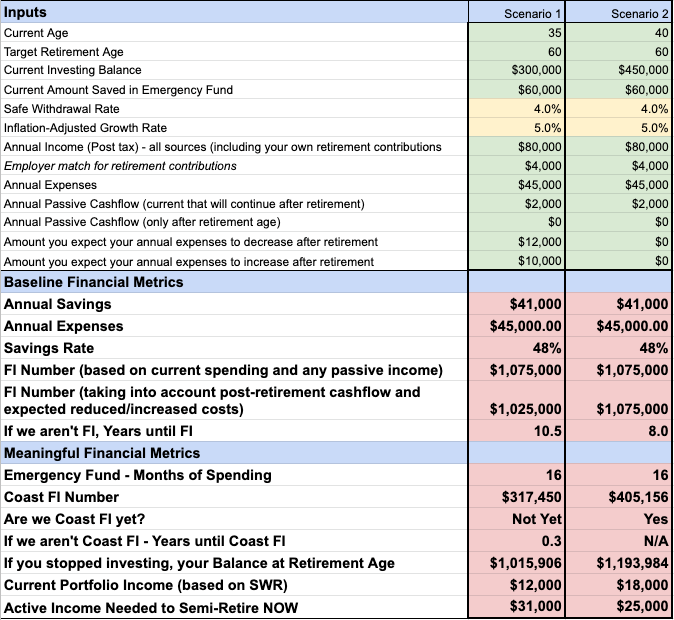
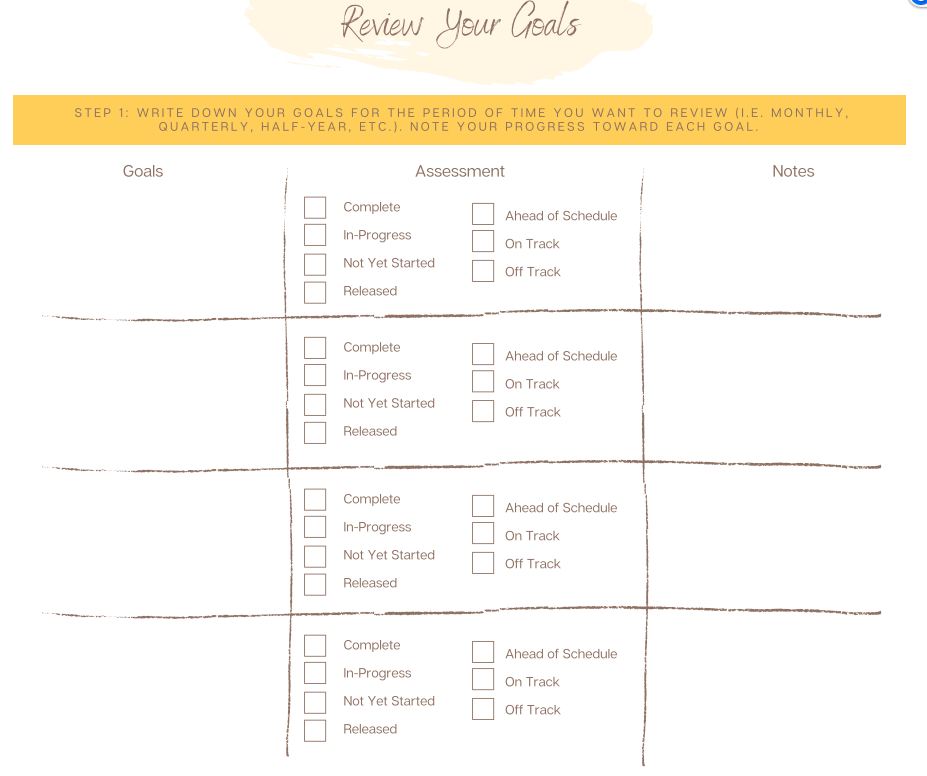
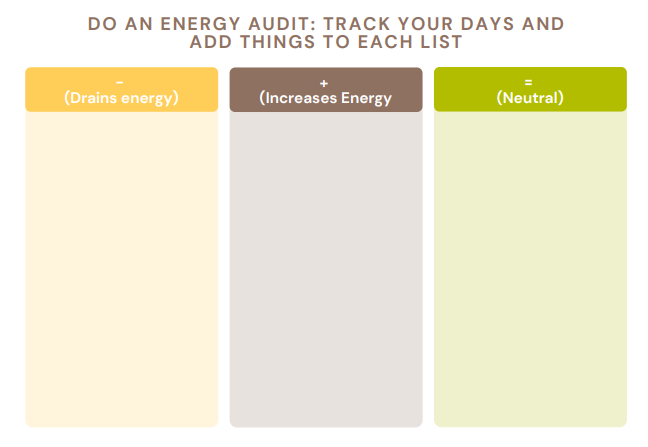
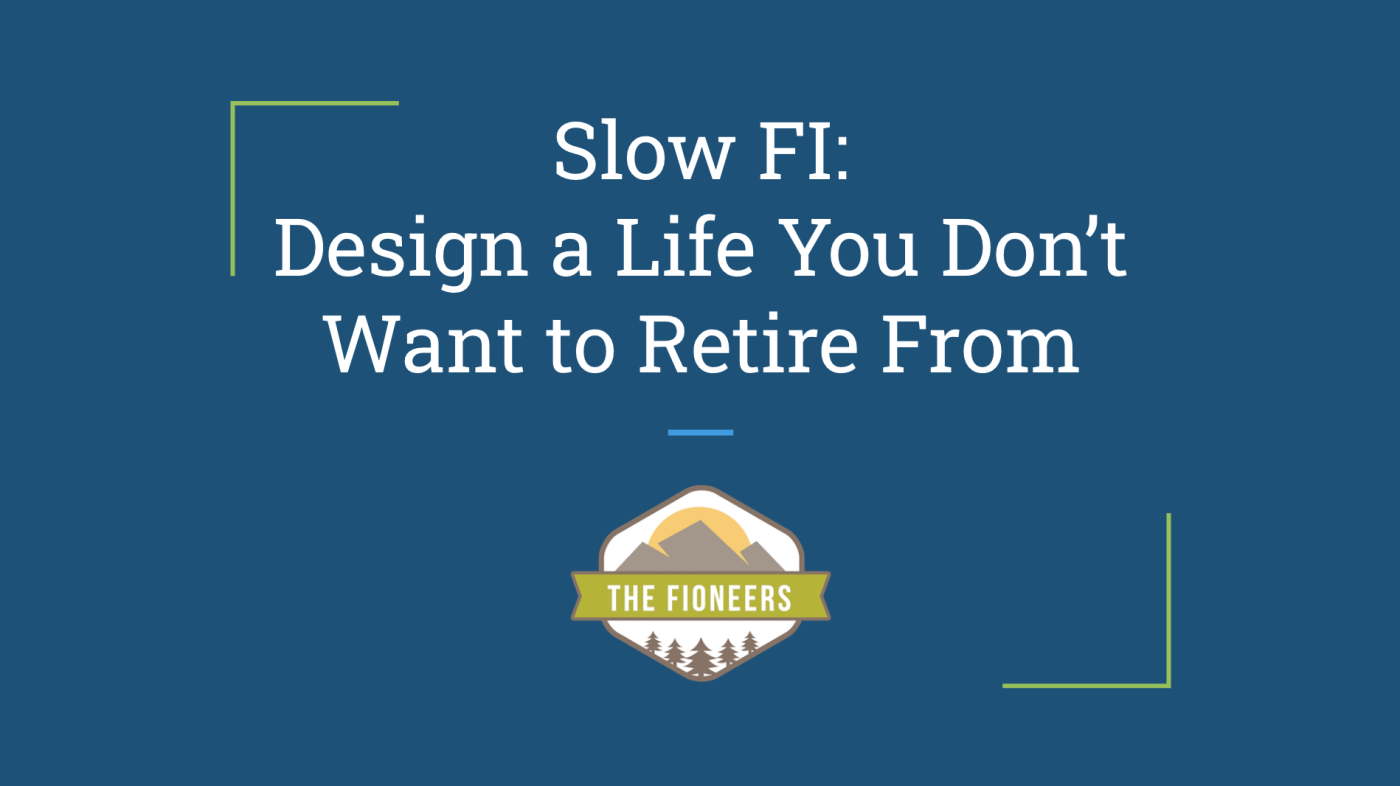
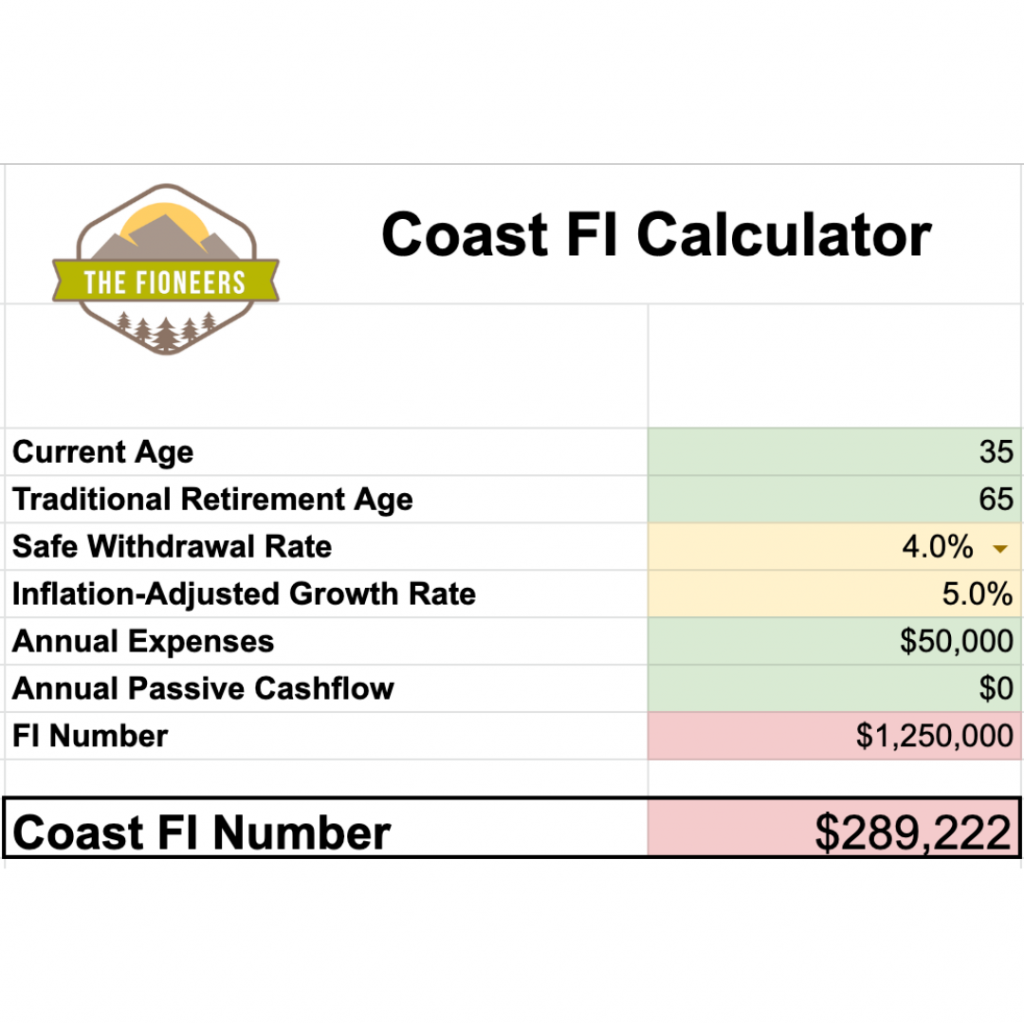



First off, I love the concept. Were you the one that coined, or dare I say, fioneered the concept of Slow FI?
Slow FI to me means cultivating work that I’ll never want to retire from while pursuing FI just in case I change my mind, so this resonates with me. You call it a passion hustle. It sounds like Michelle is on her way to designing her work around her lifestyle.
Hi Kane,
That is correct! We did coin the term Slow FI. I definitely resonate with your definition of Slow FI. I’m definitely cultivating work that I’ll never want to retire from. I’m also okay with making a bit less money doing what I enjoy. 🙂
Thanks for your comment!
Jessica
Love Michelle’s “choose your own adventure” approach! So inspiring to hear someone overcome their limiting beliefs and go for it. Hope lots more people consider being virtual assistants and taking on other freelancing jobs after reading this.
Me too! Michelle’s story is so inspiring!
Wow! I am quite amazed at how gifted Michelle is. This speaks volumes to her skills and how she has made being a VA a potential opportunity to so many people. She even produces the Podcast “What could possibly go right?” Being able to work and interact with Vicki Robin is a great thing in itself. I can’t to keep learning from Michelle because she is truly an inspiration.
Thank you for this interview. I feel that I have learned a lot, and it has inspired me to seek out other opportunities in life.
Thanks for the interview, it was very informative about what really a Virtual Assistant is.